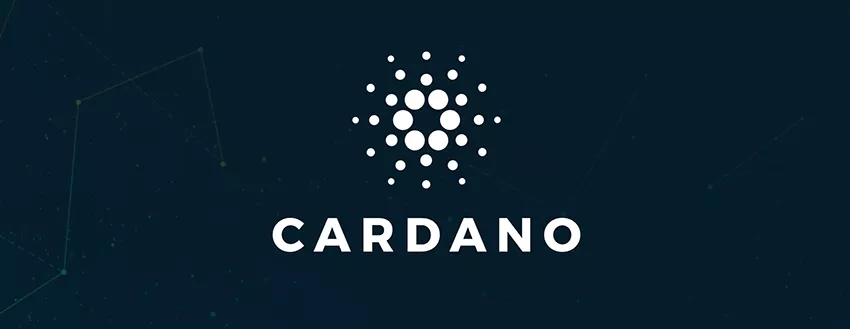Cardano (ADA)

Officell webbplats: https://www.cardano.org/
Cardano is challanging Ethereum and was created in 2015 by Charles Hoskinson, who was one of the founders of Ethereum. Genereally a more modern tech is used and they have a scientific approch to development.
The project has a fantastic team, and it is run in a scientific and academic way. That is, all code that eventually becomes part of the product is reviewed and tested properly. This means that development is sometimes slower than expected, but it also provides a code base that radiates quality.
Today you can send transactions back and forth using Cardano, and since 2021 you can also create tokens on the Cardano network. But that's pretty much it, since smart contracts is not yet introduced. When it is, the platform will provide DAPPs and decentralized exchanges among other things.
Phases
The development in Cardano takes place in different phases.
- Byron 2017 Foundation. A functioning cryptocurrency with transactions was introduced. Wallets were developed, and you can already use fast and cheap transactions.
- Shelley 2019 Decentalization. Introduced the possibility of staking. That is, you could lock your ADA and thereby contribute to the decentralized network and get a reward for this. Passive income, which also helps to keep the price of Cardano at a good level.
- Goguen 2021 Smart contracts. So far, the use of Cardano has been somewhat limited, but has mostly used for speculation. At the time of writing, tokens have already been activated, meaning that other values and other currencies can rest on top of Cardano. When smart contracts are activated, it becomes a real competitor to Ethereum.
- Basho Scaling. Introduces side chains that enable simultaneous transactions that executes in parallel. Cardano is faster than Ethereum even without these, but in order to really compete with Visa and MasterCard in a decentralized way, it is a must.
- Volatire Governance. The last step for a decentralized network, where staking not only brings returns, but also gives you the right to vote to be part of how Cardano will be run in the future.
 Charles Hoskinson - The man behind Cardano
Charles Hoskinson - The man behind Cardano
Advantages
- Academic and scientific methodology.
- Many good partnerships.
- Good team, good developers.
- They have separated smart contracts in their own layer, which makes several things easier.
- Proof of Stake instead of Proof of Work, which is faster. However, Ethereum will also implement this in the future.
Disadvantages
- Own programming language for smart contracts called Plutus, which is good but makes it difficult for new developers.
- Development can sometimes be slow because they have a scientific approach. The project will not be ready for many years to come.
- Still a rather slow platform with similar problems as Ethereum.
- No support for anonymous / secret transactions.
Buying
You can buy Cardano with a creditcard or with bank transfer from Binance. Alternatively, buy Ethereum at CoinBase, move these to Binance, and then trade ETH to ADA (Cardano).